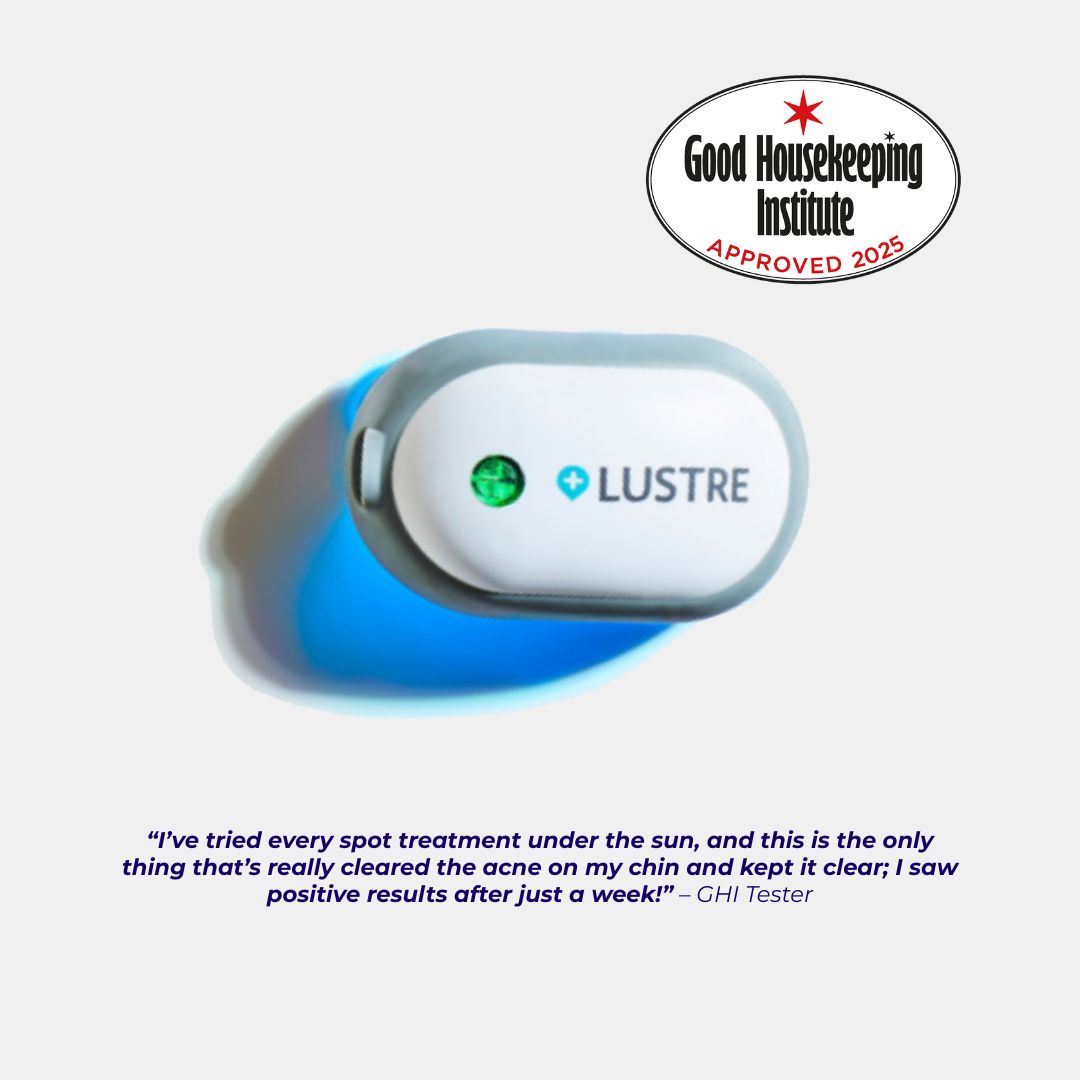
Medical-Grade LED Technology, Trusted Worldwide
The LUSTRE ClearSkin RENEW and LUSTRE ClearSkin REVIVE Masks are 510(k)-cleared as medical devices in the United States and have been on the U.S market for several years. As medical devices in the United States, beyond their skin rejuvenation and cosmetic benefits, they are also cleared for the treatment of mild to moderate acne, fine lines and wrinkles.
These same masks, tested to rigorous medical device safety and performance standards, are currently offered in the UK and EU as beauty devices, with a transition underway toward full medical device classification in the UK, EU and other major global medical device markets.


Clinical Study 1
The clinical effectiveness of LUSTRE® SOLO for mild to moderate acne vulgaris, following standard instructions for use, was evaluated by three independent dermatologists from the European LED Academy.
Assessments were conducted using a standardised protocol and acne scoring system. All participants underwent a 4-week washout of other treatments prior to the study and used only the LUSTRE® SOLO device during the study period.
*Images from a 12-week clinical study by the European LED Academy.


Clinical Study 2
The clinical effectiveness of LUSTRE® SOLO for treating acne vulgaris was evaluated in a two-centre study conducted from April 2012 to May 2013.
Two independent physicians assessed 23 participants (21 female, 2 male) aged 15–37 years (mean age 25), who were randomly recruited from attendees at two aesthetic dermatology clinics. All participants had acne vulgaris graded 2–4 using the Investigator Global Assessment (IGA) system and underwent a 4-week washout period before treatment began.

Trusted by Dermatologists, Loved by Users Worldwide
Clinical Trials
80% Reduction in skin sebum
80% Reduction in pore size
75% Reduction in inflammatory acne
*12-week clinical study by European LED academy
LUSTRE vs Competitors
See why LUSTRE stands out from the competition
| Features | LUSTRE® | Competitors |
|---|---|---|
|
Clinical Studies
Backed by published clinical research, not just claims
|
||
|
User Studies
Proven results in real-world users
|
||
|
Medical-Grade Technology
Same standards trusted by professionals
|
||
|
Scientifically Optimised Wavelengths
Targets acne at its source
|
||
|
Comfort-Fit Design
Easy, secure, and wearable during daily life
|
||
|
UK Brand
Designed and supported in the UK
|
||
|
Responsive Customer Support
Real people, here when you need us
|
||
|
Multiple Awards
Recognised by trusted industry experts
|
||
|
Doctor & Dermatologist Endorsed
Recommended by medical professionals
|
||
|
Used in Clinics & Spas
The same tech trusted in professional treatments
|
||
|
Lightweight & Travel-Friendly
Results that fit your lifestyle
|
Acne gone within weeks. LUSTRE SOLO is a clinically proven pure blue light device to eliminate mild to moderate acne - safely, gently and with no side effects. Designed wit...












